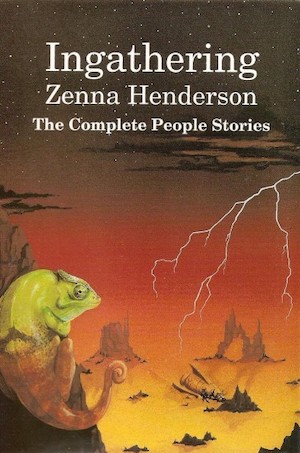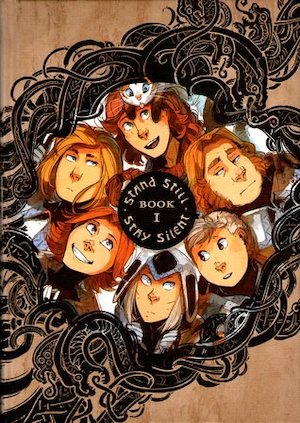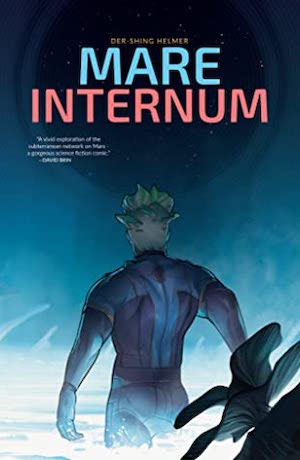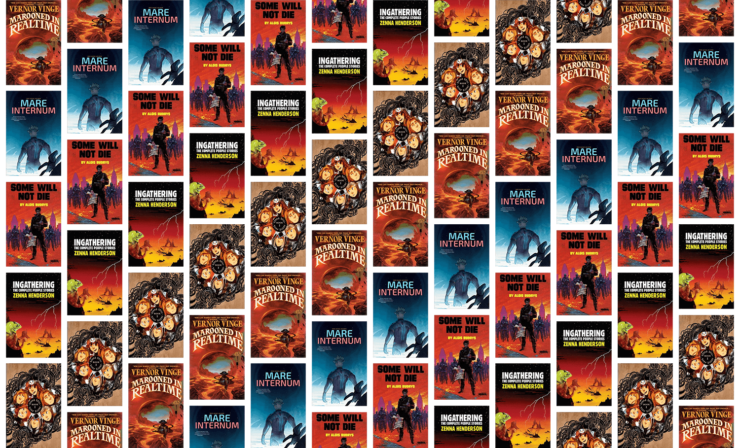This year Canadian Thanksgiving was celebrated on October 11th. American Thanksgiving will fall on November 25th. In both cases, they are glorious feasts celebrating the end of harvest season. However, the first European Thanksgiving in the New World may have been Martin Frobisher’s on May 27th, 1578. As you might guess from the date, Frobisher and his crew were not giving thanks for a bountiful harvest. They were grateful to have survived their latest quest for the Northwest Passage. And isn’t simple survival something for which to be grateful?
The characters in the following five works would no doubt agree that while survival has its challenges, it is far superior to the alternative.
Some Will Not Die by Algis Budrys (1961, rev 1978)

The plague that swept across the world was incredibly contagious and usually lethal. Attempts to halt its spread and cure the infected failed abjectly. When the plague burned out, there was one person left for every ten alive at the beginning of the plague. With so many essential workers dead, the economy ground to a halt. Responsible government effectively vanished.
However! One in ten from billions is still more humans than were alive in the 12th century, and no matter how fraught the situation immediately after the megadeaths, the survivors do at least remember what once was. Berendtsen’s Second Free American Republic did not long outlast its founder. But it set the pattern for generations to come, as an underpopulated world slowly, painfully, rebuilds.
Marooned in Realtime by Vernor Vinge (1986)

Sometime in the 23rd century, humanity vanished. Whether this was extinction or ascension into something more than human is unknown. Thanks to the spheres of frozen time known as bobbles, humans reappeared after the great vanishing. Whatever removed humanity could not reach into bobbles. Thus, the people inside them could be a seed around which to rebuild human civilization.
…Not so fast. There are complications. Bobbles persist for varying amounts of time. Recruiting the bobbled requires deliberately jumping forward through time to search for the newly unbobbled. As well, the survivors of the great vanishing are a mixed lot. Some bobbled themselves in a bid to see the future. Others were bobbled to survive mishaps. Still others were war criminals sentenced to exile. Others are rather unstable. It is regrettable but not terribly surprising, therefore, that detective Wil Brierson finds himself confronted by a murder and a pressing need to solve it lest the killer strike again.
Ingathering: The Complete People Stories by Zenna Henderson (1995)

The People’s home world is no more. The People fled to distant Earth. Many died on the way or in spacecraft crashes, but enough of them survived to ensure the continuation of the species. 19th-century Earth contained backwaters that the People could adopt as their own. Most of the aliens chose to settle in the American Southwest.
To the eye, People appear human. They have supernatural gifts and kindly natures that hint that they, unlike humans, may not be Fallen. How might humans react to the strangers among them? The People fear that to be different is to be dead. They stick to their enclaves and try very hard not to attract notice.
Not all People were lucky enough to come to ground in rustic wilderness. Some do not even know that they are People. Separation may be the goal but circumstances might force contact.
Stand Still, Stay Silent by Minna Sundberg (2013 – present)

Ninety years ago, the mysterious contagion known as the Rash swept across the Earth, infecting almost every mammalian species. Many died. Many others were transformed into hideous monsters. The Known World is the last known enclave of living, uninfected people. Comprising Iceland, Norway, Denmark, Finland, and Sweden, it contains a mere quarter of a million surviving humans. Outside the borders of the Known World lies the Silent World, a land of monsters that sensible people avoid.
Even a nearly empty world has people bolder than they are sensible. Armed with a disappointingly small grant from the Nordic Council of History and Rediscovery, an affordably priced expedition drawn from the ranks of the foolish, the desperate, the poorly informed, and the expendable sets out for the Silent World. Not all of them will return.
Mare Internum by Der-shing Helmer (2015 – 2019)

Once one of science’s elite, Doctor Mike Fisher is bitter, hostile, and disgraced. Nobody on Mars wants to work with him. Following the loss of his LEVi robot, he is slated to return to Earth on the next available spacecraft. Before he can leave, newly arrived Doctor Rebekah “Bex” Egunsola convinces Mike to show her the mysterious caverns where LEVi vanished. Mike reluctantly agrees. His reward? The catacomb collapses beneath Mike and Bex, sending them into an unknown labyrinth.
Bex and Mike survive the fall. They find themselves in a heretofore unknown, lush ecosystem. The unfamiliar biosphere is the last remnant of the Mars of billions of years ago. All possible niches are occupied by one marvelous lifeform or another—even (as Mike and Bex discover), intelligent lifeforms. What the living realm seems to lack is anything resembling an exit….
***
Comparatively few novels are chronicles of total party kill (novels such as Joanna Russ’ We Who Are About To…, Neville Shute’s On the Beach, or even Thomas Disch’s The Genocides). Novels in which someone survives far outnumber the ones where nobody does. Consequently, there are a vast number of works I could have mentioned but did not. Remind me of your favourites in comments!
In the words of Wikipedia editor TexasAndroid, prolific book reviewer and perennial Darwin Award nominee James Davis Nicoll is of “questionable notability.” His work has appeared in Publishers Weekly and Romantic Times as well as on his own websites, James Nicoll Reviews and the Aurora finalist Young People Read Old SFF (where he is assisted by editor Karen Lofstrom and web person Adrienne L. Travis). He is a four-time finalist for the Best Fan Writer Hugo Award and is surprisingly flammable.










